In the quiet municipality of Velen, North Rhine-Westphalia, nestled among the woodlands and windmills, a curious signal persists—not from the digital churn of smartphones, but from the analog heartbeat of amateur radio. The DARC Ortsverband Velen (N40), a chapter of the German Amateur Radio Club, is not just surviving in an age of high-speed broadband and global messaging apps. It is thriving, and with it, redefines what community-based technology can look like in the 21st century.
Founded in grassroots spirit and currently helmed by OVV Timo Büchel (DK4ZZ), N40 exemplifies a rare blend of tradition, technical ingenuity, and local outreach. Weekly open club evenings, hands-on electronics for children, and full-scale field days with HF, VHF, and UHF operations form the backbone of their activity. The club’s growing emphasis on public engagement and youth participation reveals an ambition that extends far beyond casual conversation over airwaves.
The group’s recent initiatives are emblematic of this momentum. In July 2024, a collaborative soldering workshop introduced local children to the joy of electronics, culminating in the successful construction of functional LED dice. More than just solder fumes and blinking lights, the project embodied a new kind of pedagogy—learning by doing, under the friendly guidance of seasoned radio operators. Support from the DARC’s youth division ensured access to professional-grade Weller soldering stations, and what followed was an hour of intense concentration, followed by wide-eyed amazement.
But N40’s ambitions are not confined to the workbench. Their participation in contests like the EUDX or field deployments during JOTA/JOTI weekend—an event linking scouts across the globe through amateur radio—illustrate the club's ability to merge technical precision with soft-power diplomacy. During these events, young voices in Ramsdorf bounce across borders, reaching ears in Greenland, Spain, and Höxter, all without the aid of satellites or fibre-optics.
Infrastructure, too, plays a part in this renaissance. The club’s “Funkcontainer,” a converted shack and workshop space, is undergoing a transformation akin to a rural maker lab. With insulation, power systems, antennas, and measured alignment executed with almost military discipline, it is becoming a symbol of resilience in an increasingly wireless—but often less tactile—world.
The story of N40 is not without poignancy. The passing of veteran member Klaus, DK3HA, in 2023 marked the end of an era. But it also underscored the club's evolving identity. Today, younger members are stepping into leadership and technical roles, drawing inspiration from the old guard while plotting a digital-native future.
Yet perhaps the most telling symbol of N40’s relevance lies in its engagement with existential issues—chief among them, emergency communications. As citizens contemplate the fragility of mobile networks in times of crisis, N40 demonstrates how a modest antenna, a well-maintained transceiver, and a bit of ingenuity can keep a community informed when all else fails. This capability, once dismissed as quaint, now feels like insurance for an unpredictable age.
If amateur radio is, as enthusiasts like to say, “a hobby of a thousand hobbies,” then N40 is its polyglot poet. It tunes into the past, broadcasts to the future, and does so with the quiet confidence of people who know that relevance is not a function of trend, but of utility—and community.

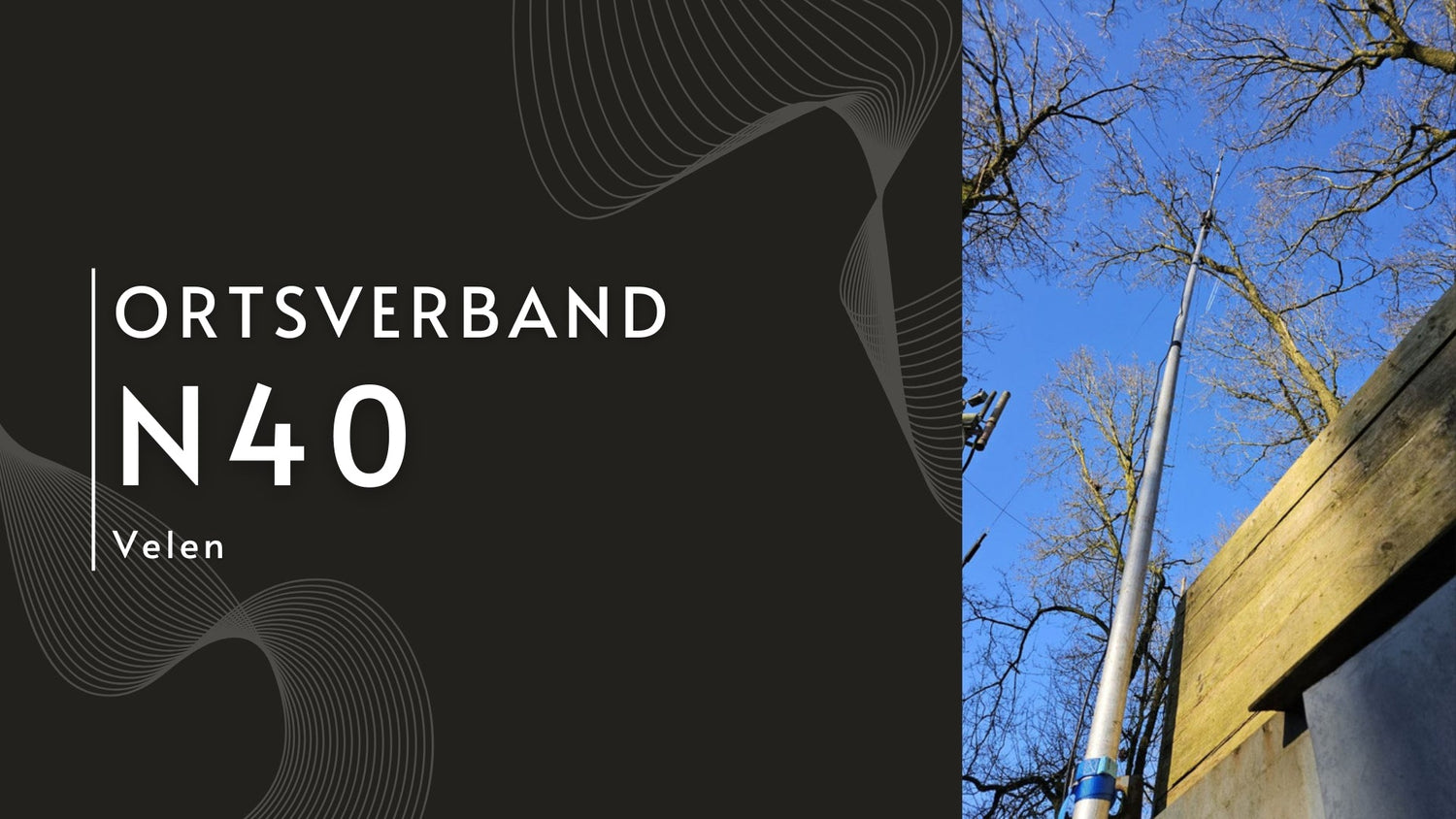
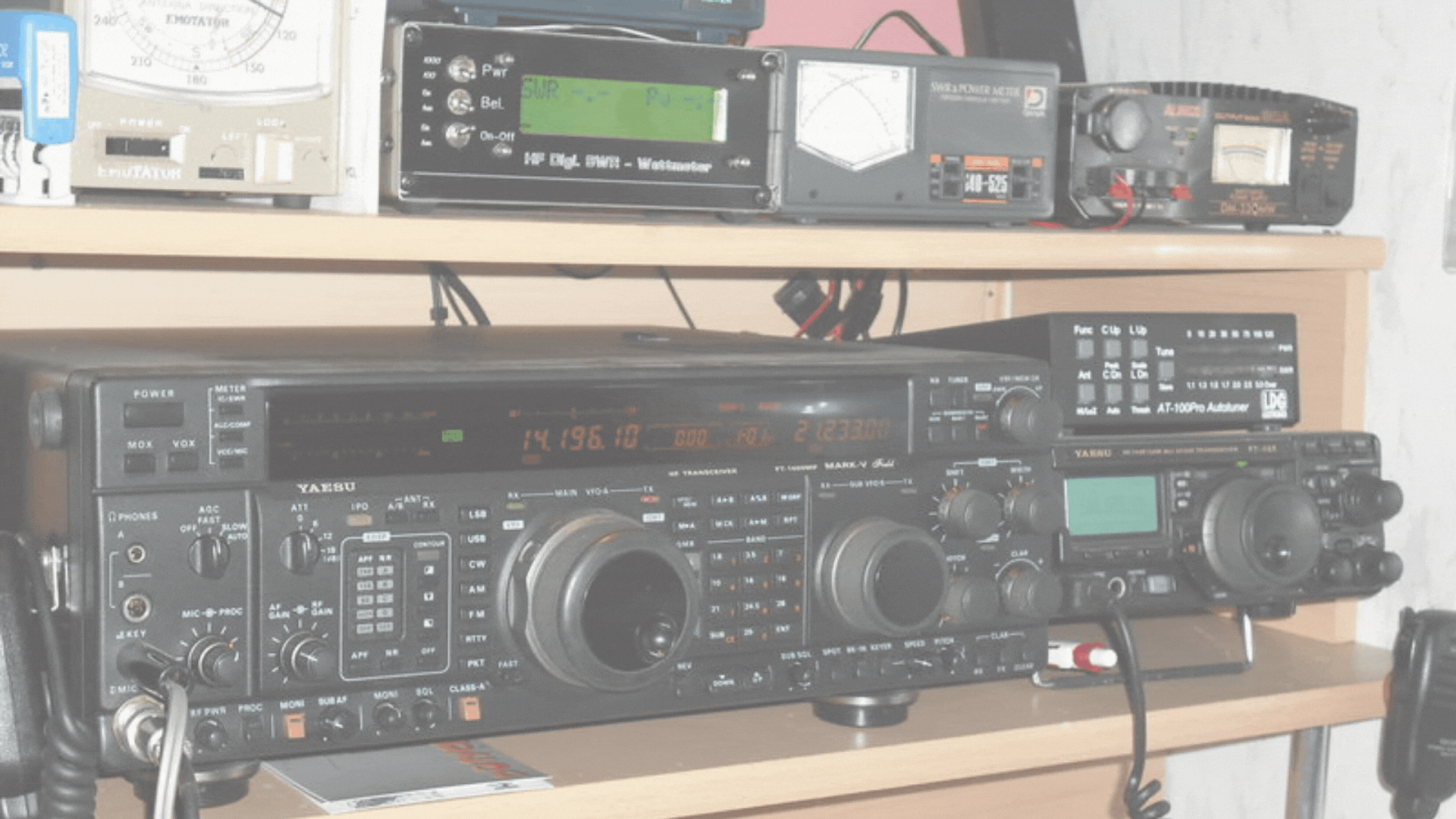
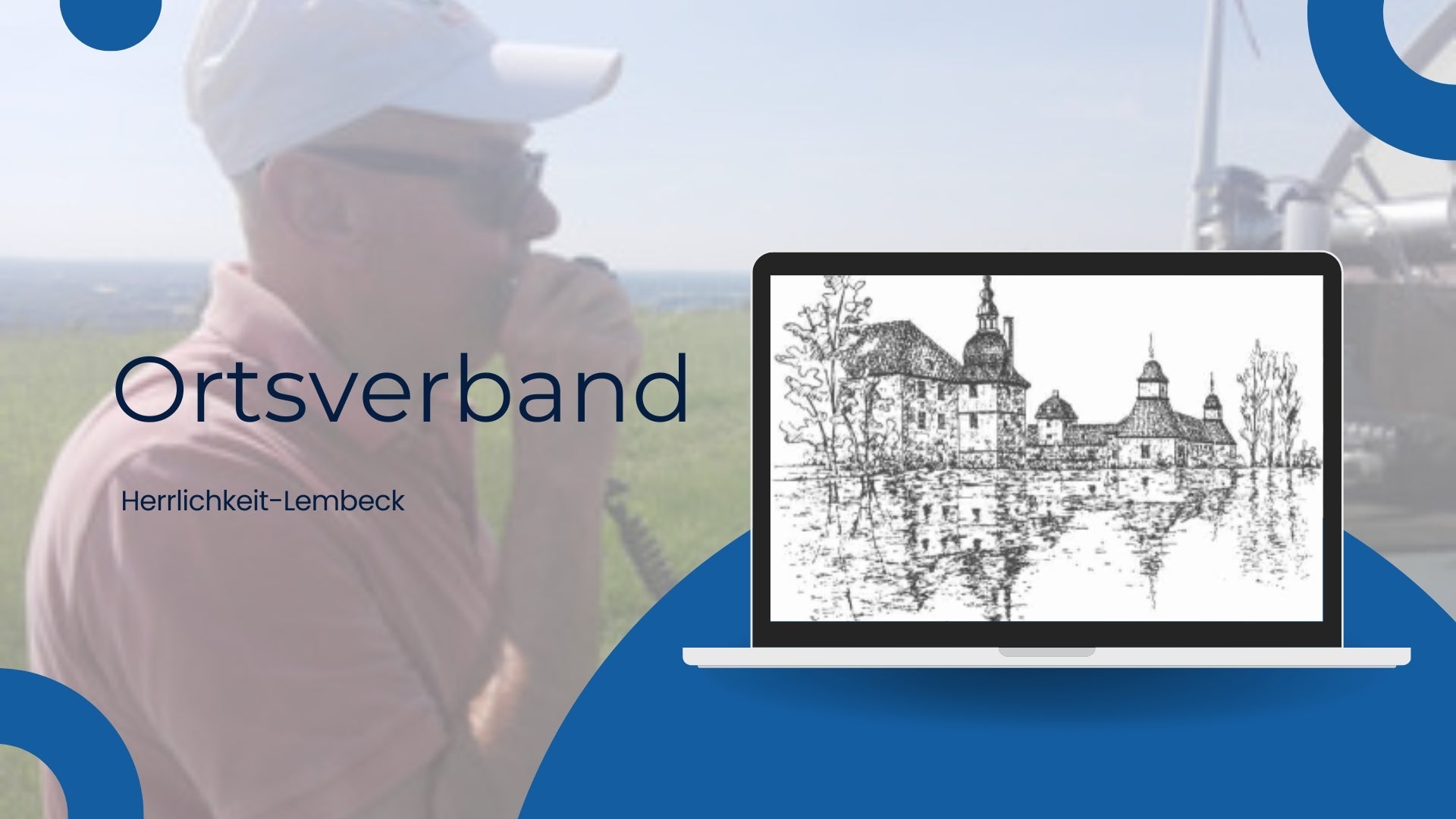
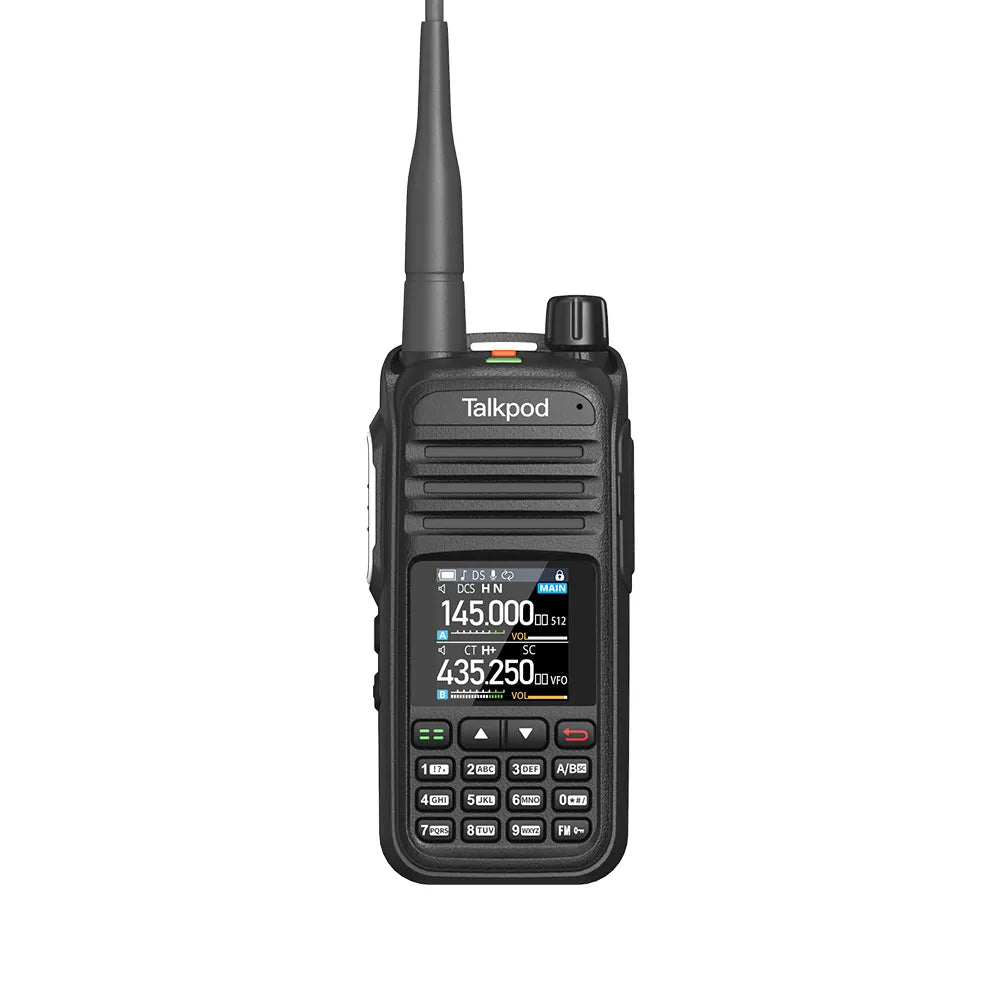
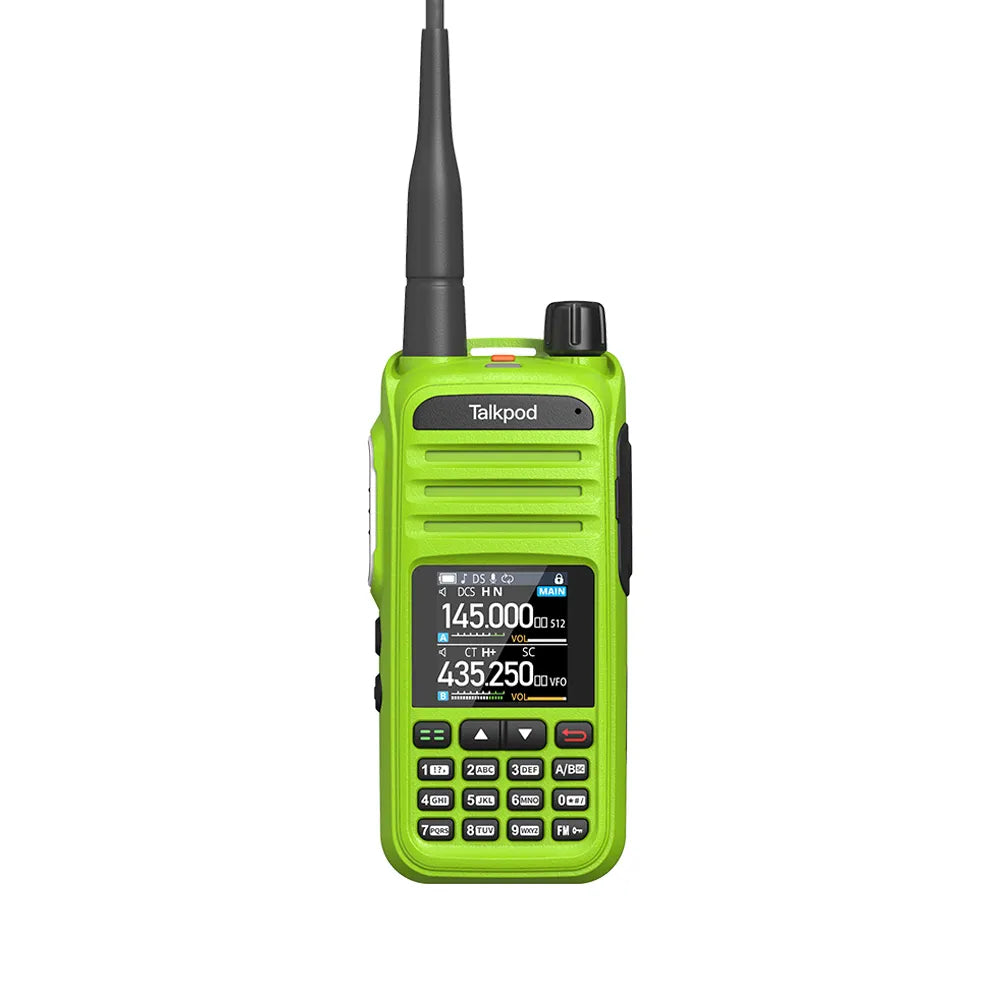
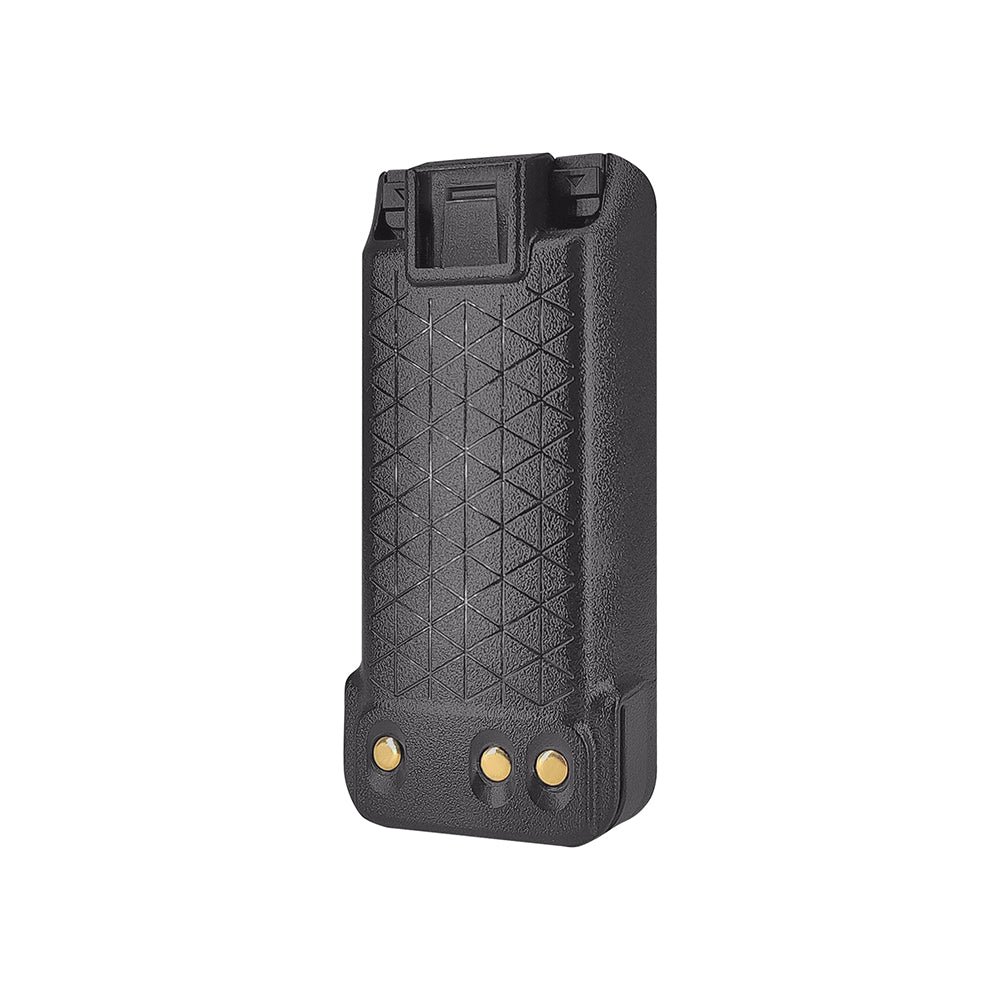
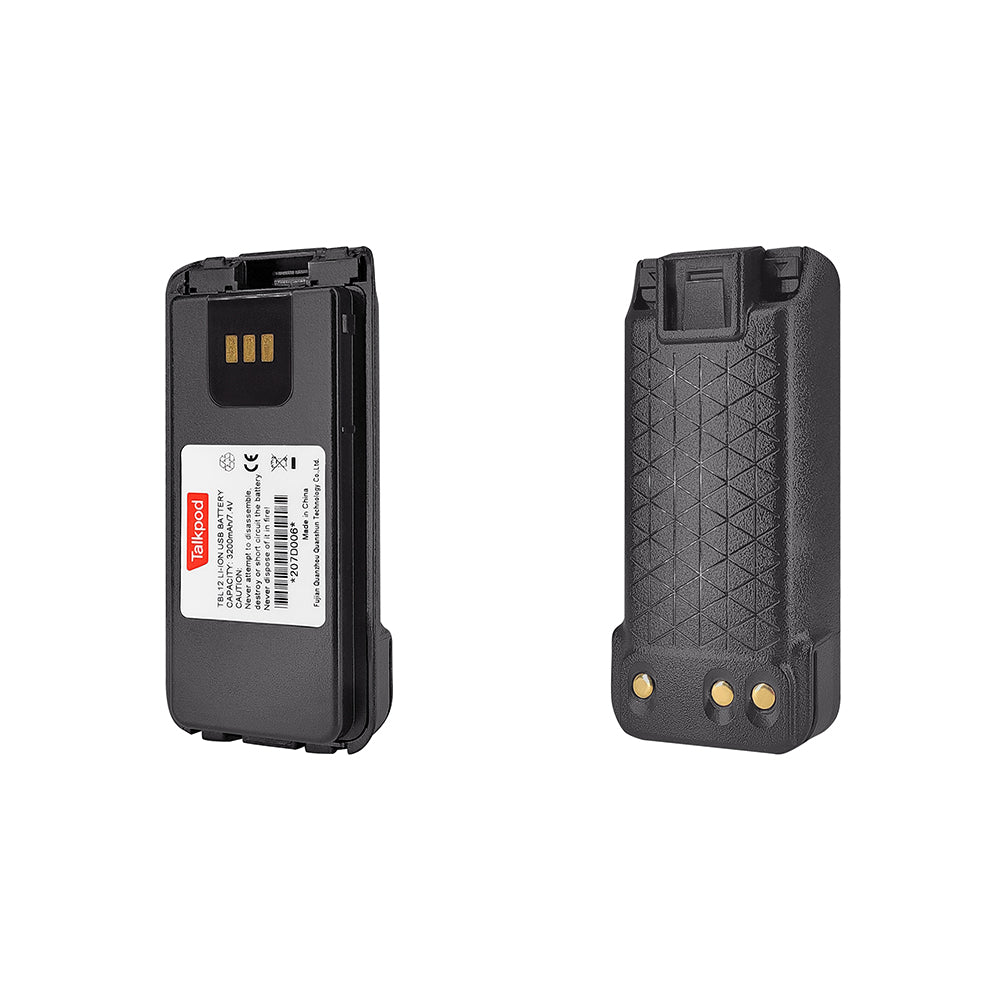
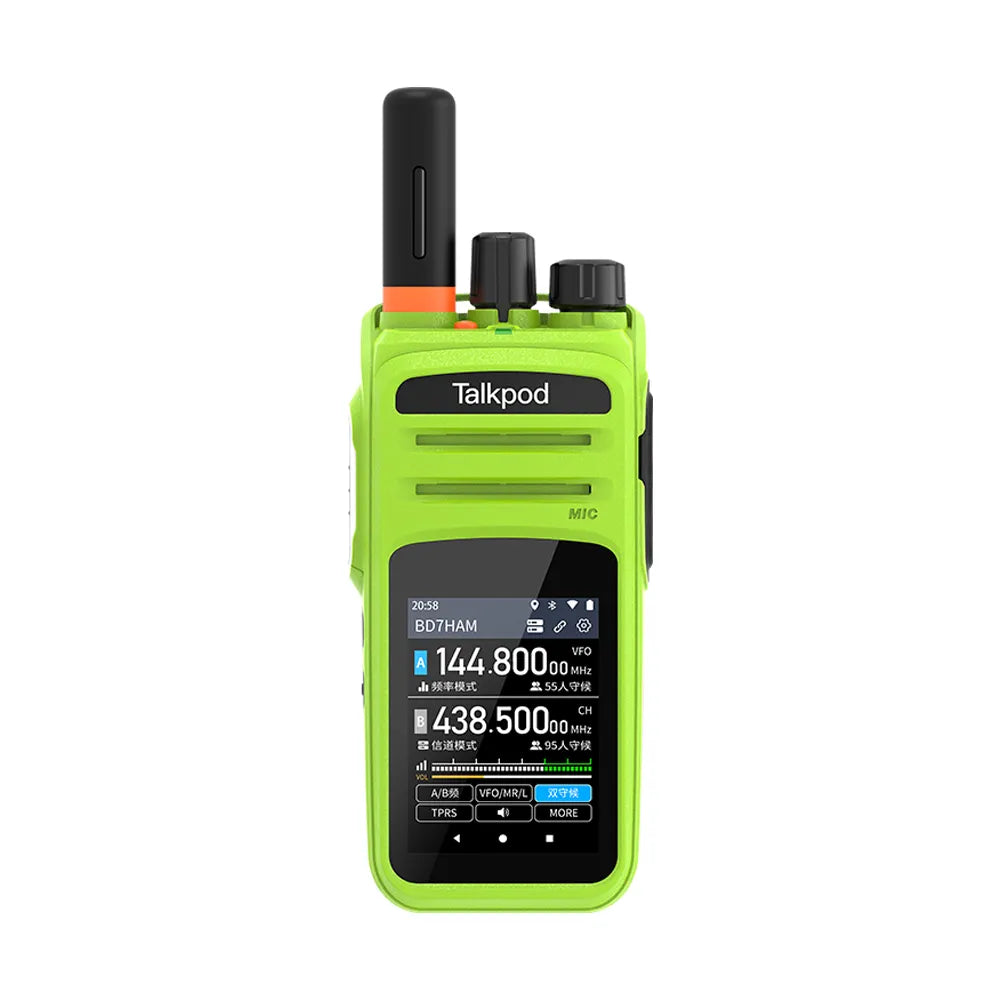
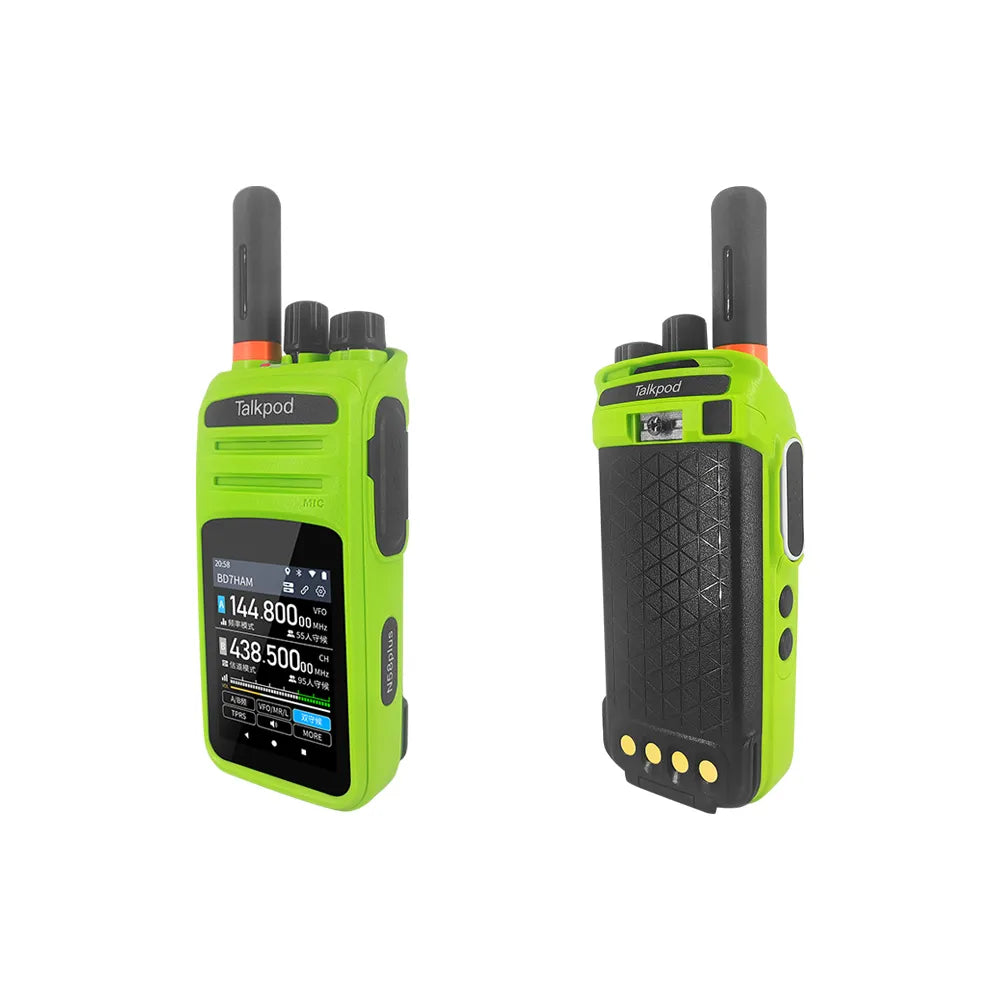
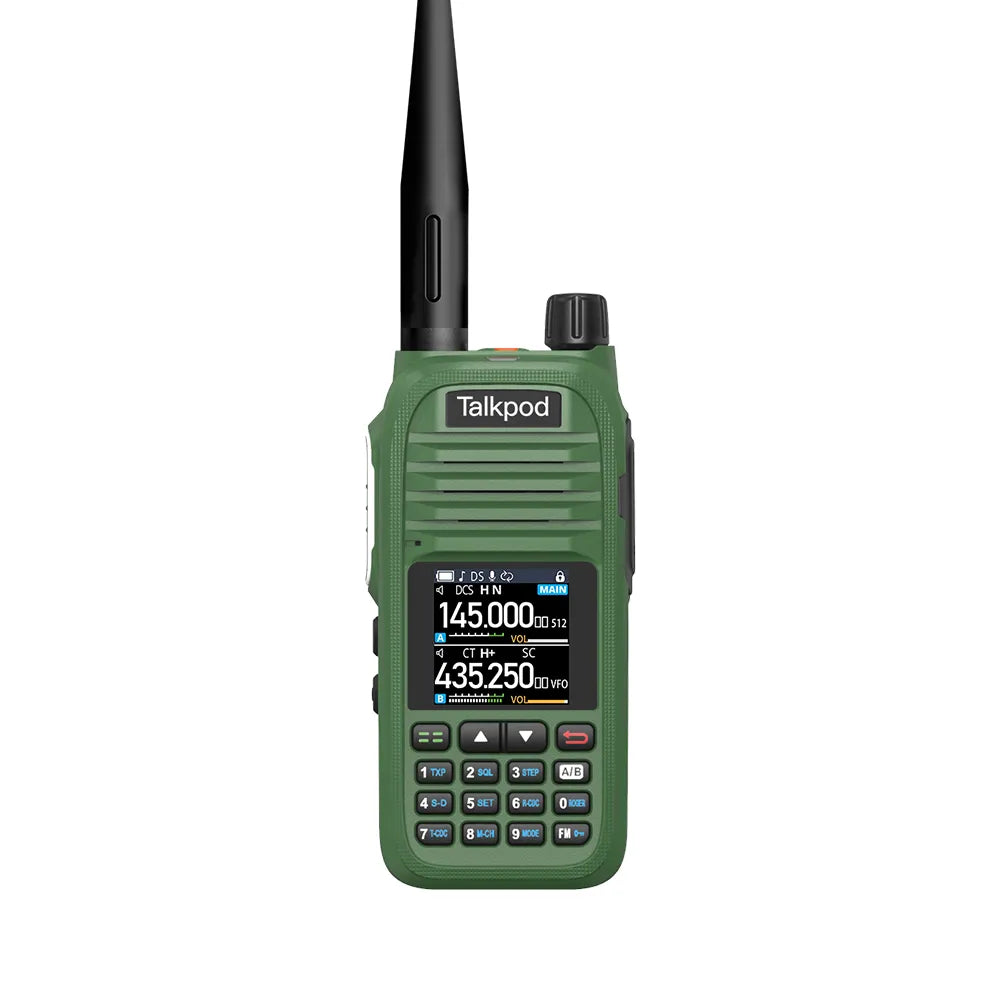
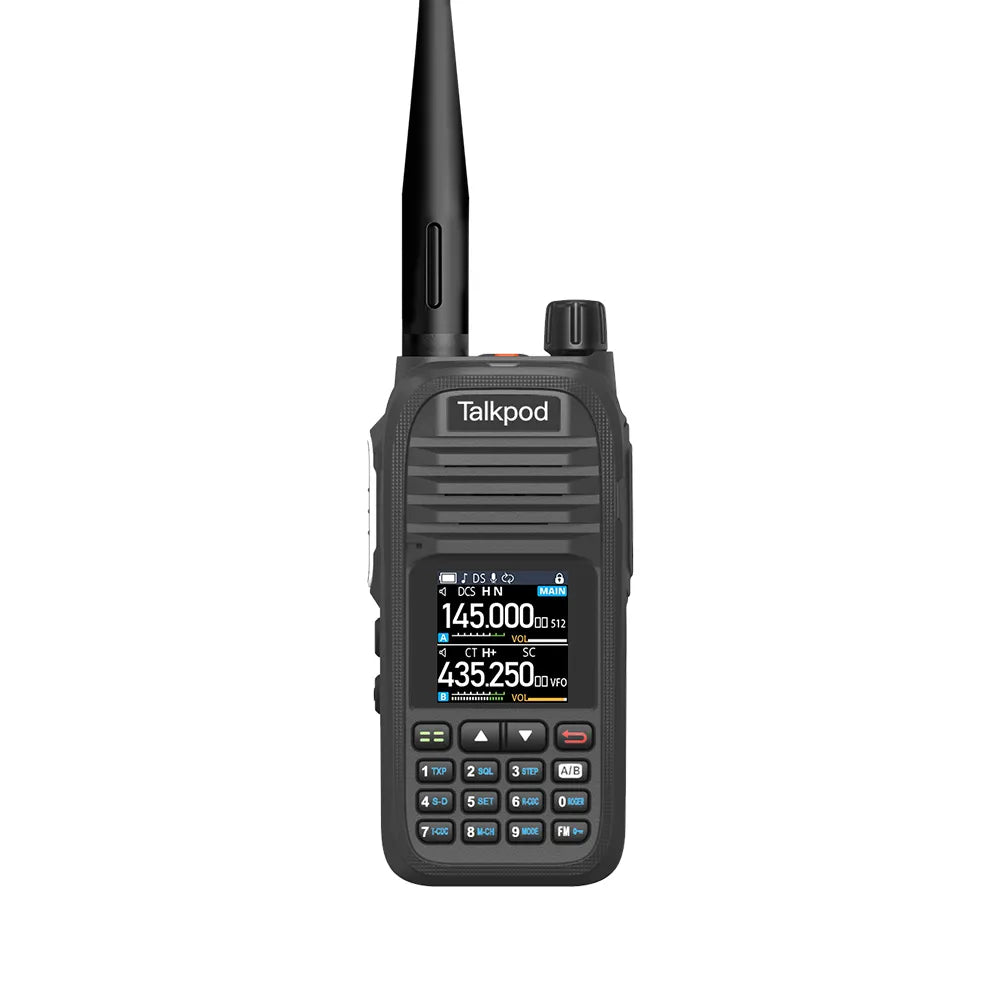
Leave a comment
All comments are moderated before being published.
This site is protected by hCaptcha and the hCaptcha Privacy Policy and Terms of Service apply.